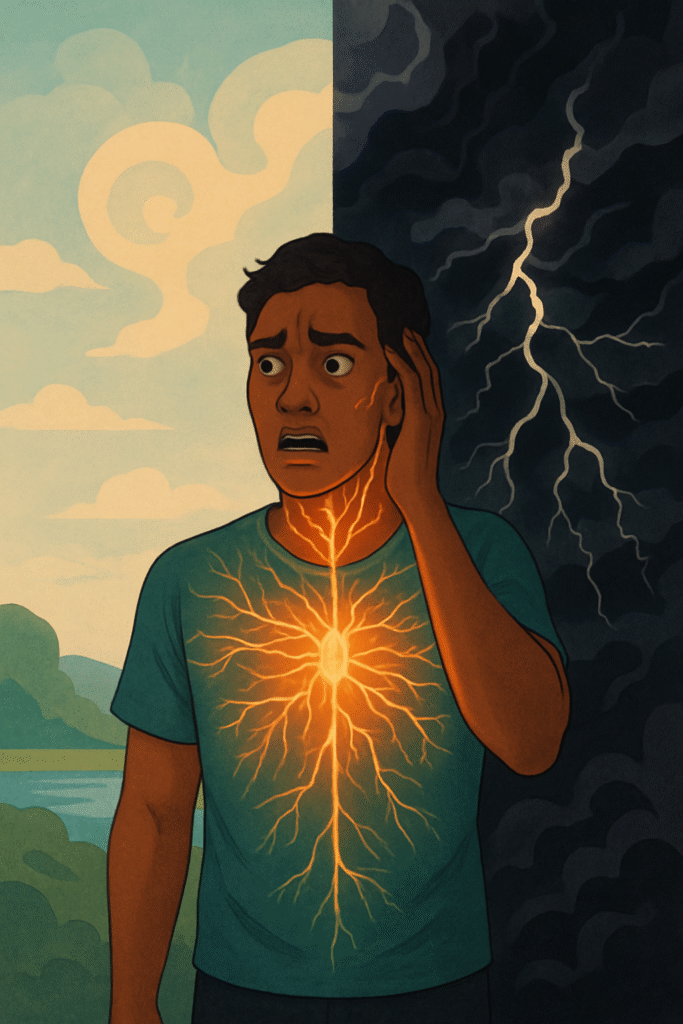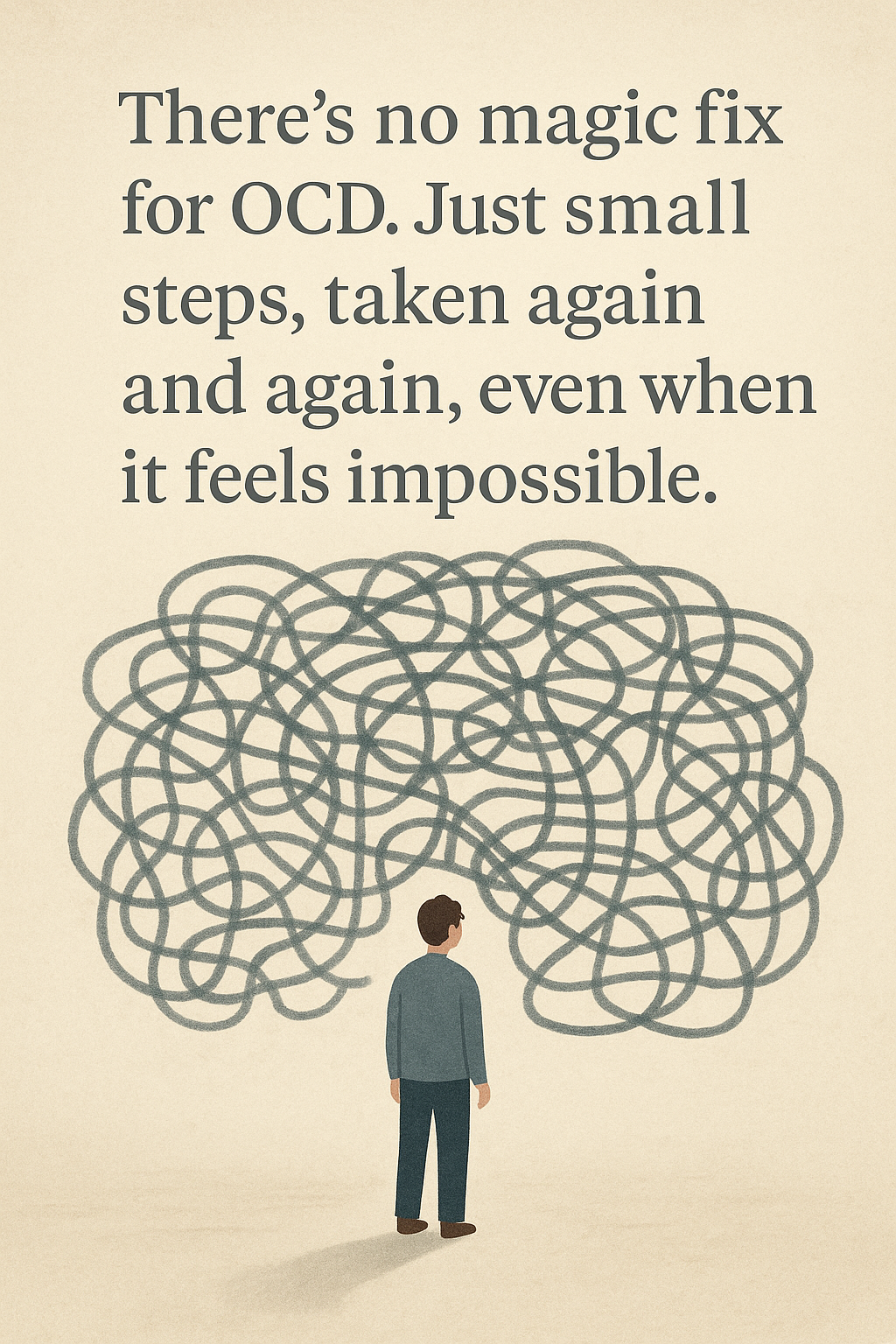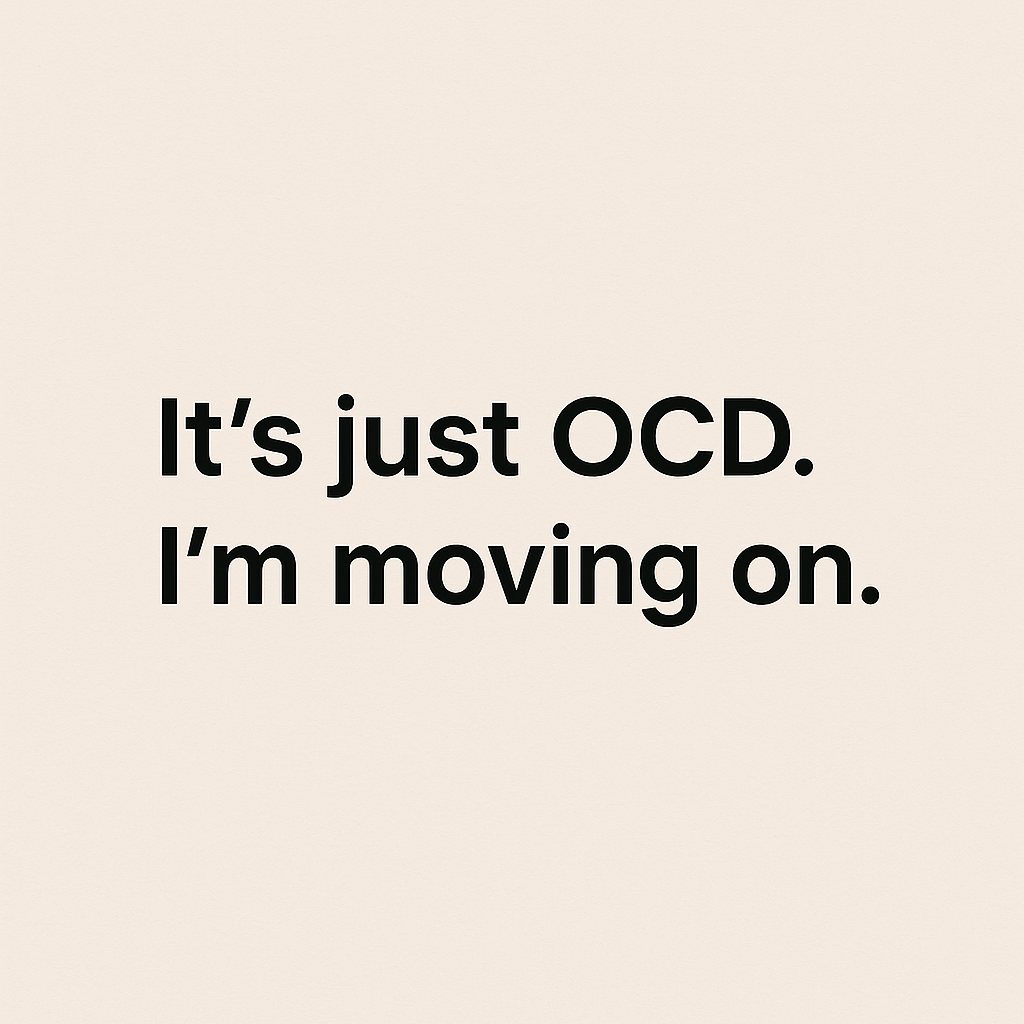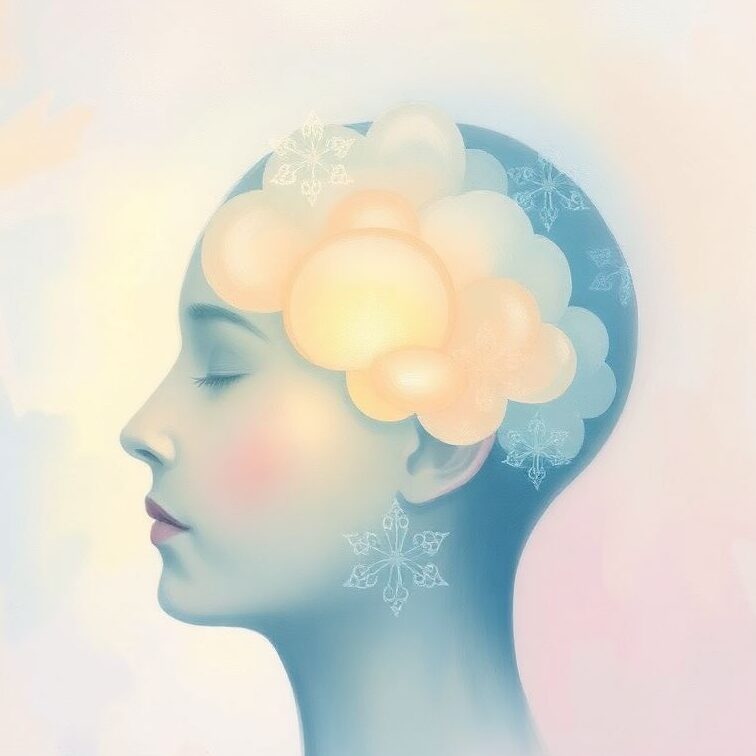Why Do Intrusive Thoughts Feel So Real?
The Mind-Body Connection at Play
In my experience, many people with OCD and anxiety will at some point, ask this question: “Why do intrusive thoughts feel so real?” This is one of the reasons OCD is so hard to overcome.
Here’s the thing: your body doesn’t know the difference! That’s right, when you think about something, especially when you worry about it, your body matches that thought with real feelings.
Why?
Let’s break it down. Say you’re thinking about something pleasurable, maybe a nice holiday or daydreaming about a nice meal. How does that make you feel? You feel good while the thought is occurring right ? With OCD, the thoughts are based on fear and negativity. So, when we think about “the good stuff” and feel good, the same thing happens with “the bad stuff.”

But thats not all
When you think of bad, scary, or negative scenarios, your body supports these thoughts by preparing itself for danger. So, you may experience symptoms like shakiness, rapid heartbeat, or simply a feeling of impending doom.
You’ve probably heard of the “fight or flight” reaction, where your body releases chemicals like adrenaline to help you prepare to fight or flee in the face of danger. This is what happens during a panic attack. In simple terms, after having so many negative thoughts, your body thinks, “Hey, we need to gear up, because there must be an immediate threat!” Of course, there isn’t a real threat, because the thoughts are only imagined.
So In summary, why Do Intrusive thoughts feel so real?
- Your body doesn’t know the difference between a real and an imagined threat.
- When these thoughts arise, your body produces chemicals, and over time, these can lead to panic attacks.
- Your body responds to positive thoughts the same way, by producing calming, happy, feel good chemicals.
- Fear feeds fear. Your trapped in a loop. When we think of the ‘bad’ our body matches it with feeling of uneaseness. Then we start to hold on to the feeling and send signals to the brain that it must be true.
How Do We Break the Cycle?
The key to overcoming it is knowledge. Simply understanding what’s happening is the first step. When you can recognise the process, the next step is to remind yourself why these thoughts feel so real. When they arise. Monitor what is happening in your body.
Separation
Another important part of the puzzle is to separate the thoughts from the feelings. See if shifting the thought to a positive one can help you feel calmer. Overcoming OCD is all about knowledge, awareness, and rational thinking. It’s like being a detective, you’re going to figure out everything that’s going on. Analyse your body and your mind. It’s easy to get caught up in the thoughts and fear, without noticing what’s actually happening. Instead of blindly obeying the thoughts and feelings, start to investigate.
Final Thoughts
Intrusive thoughts are the main symptom of OCD and can be the most distressing. However, when we accept that these thoughts are just a symptom of OCD and understand why they feel so real, we empower ourselves to begin the journey toward recovery.




